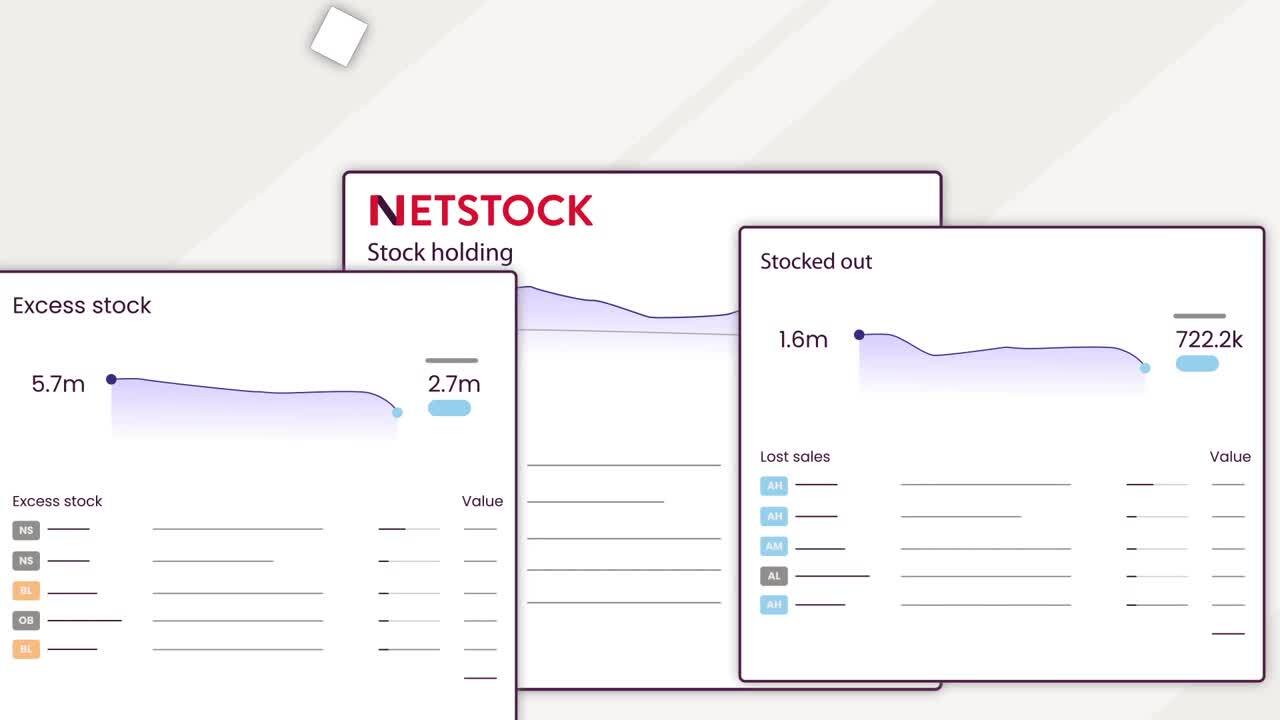Unlock best practices and tips to safeguard inventory, minimizing the risk of damage and spoilage.
Imagine investing time and effort in selecting and organizing your inventory, only to be confronted by the looming threat of spoilage. This danger hides in corners of warehouses or within supply chains, ready to compromise the integrity of your stock. It’s a scenario many businesses can relate to – the fear of losing valuable stock due to unforeseen circumstances. Minimizing spoiled and damaged inventory reduces the impact of financial losses, helps retain current customers, and improves operational efficiency.
In this blog, we’ll explore practical aspects of this challenge, offering insights and strategies to help businesses minimize risks associated with damaged, spoiled or expired inventory. We’ll navigate the complexities of safeguarding your inventory and the capital you’ve invested into your inventory.
Table of contents:
1 What is inventory spoilage?
Inventory spoilage refers to production units, either fully or partially completed, that fail to meet the customer’s intended specifications and are subsequently discarded or sold at reduced prices. This includes defective items like shoes, shirts, jeans, or plastic products, which may be sold to manufacturers for recycling. The term also extends to the spoiling of perishable goods, such as food, where items may no longer be suitable for sale or consumption.
2 What is abnormal spoilage?
Abnormal spoilage goes beyond acceptable limits and often results from defective machines, low-quality materials, or incompetence among machine operators. In accounting, abnormal spoilage is treated as incurred expenses or as a separate unrecoverable cost.
3 What is “normal” levels of spoilage
In determining normal versus abnormal spoilage, a business owner tailors these benchmarks to their specific industry. Consider a fruit importer whose normal spoilage might be attributed to the perishable nature of fruits during transportation. On the other hand, a chocolate manufacturer may encounter normal spoilage due to temperature-sensitive ingredients. Each business can calculate its average percentage of normal spoilage and integrate this into the cost of goods sold. This practical approach enables businesses to proactively manage variations in spoilage, ensuring a more accurate reflection of operational costs in their financial records.
4 How to minimize spoilage
To minimize spoilage, you must look at your processes across the entire supply chain. Address issues like inadequate shelf life and poor handling during transit to reduce potential damage. Advances in packaging, such as reusable crates with ventilation holes, extend freshness during the journey from the farm to processors. Adopting retail-ready packaging minimizes handling, contributing to prolonged product lifespan. Examine supply chain processes beyond packaging, implementing robust inventory management systems to optimize stock levels and avoid overstocking perishables. Utilize technology like temperature-controlled storage and real-time monitoring for quality maintenance. Strong communication among suppliers, distributors, and retailers is crucial. Timely information exchange on inventory levels, shelf life, and demand fluctuations enables proactive decision-making. Regular training for personnel handling goods is vital. Educate staff on proper handling, storage conditions, and adherence to expiration dates to mitigate risks throughout the supply chain.
5 Practical tips for optimizing warehouse operations
- Ensure that your refrigeration levels are always correct. Install sensors that trigger alerts when levels drop to an unstable level.
- Check expiration dates and if they are nearing the end of life. Sell them at a discounted price or donate them to a charity rather than having to throw them out.
- Ensure your pallets are in good working order and there are no broken or faulty parts.
- Ensure staff are trained to load and wrap the pallets without causing product damage.
- Check the lighting in your warehouse, this will help to avoid errors in packing, picking, and product handling.
- Ensure your warehouse is clean, uncluttered, and has plenty of space for your forklifts to move around without bumping into inventory and causing damage.
- Ensure that your shelves aren’t overloaded. Know what the shelf capacities are and post this on the storage unit.
- Ensure you have the necessary safety equipment. Rack netting, for example, will prevent boxes from falling and breaking open while preventing staff injuries.
- Ensure your workstations are set to the correct height so that your employees don’t have to operate at angles that cause discomfort; this will prevent products from being dropped, crushed, or spilled. If needed, install hoists or lifts to reduce physical stress further.
Inventory loss from damage and spoilage will inevitably occur. While not all of the following suggestions may directly apply to your business, monitoring product damage through data collection and analysis can help identify the most common causes of loss. With this information, you can implement targeted measures to minimize such occurrences.
6 Damaged inventory accounting strategies
When products are damaged or spoiled, they may become unsuitable for sale or use. Accounting for damaged inventory requires tracking and documenting the value of these goods to show the financial impact. Proper management is crucial for maintaining accurate financial records and making informed decisions about inventory. This assessment helps businesses understand the impact on profitability and take steps to prevent or minimize future losses.
Here’s a breakdown of the key aspects of damaged inventory accounting:
- Identifying damaged inventory: when items are identified as damaged or unsellable, the accounting process begins. This may result from various factors such as physical damage, expiration, or other forms of impairment.
- Valuation: Valuing damaged inventory: this could involve assessing the remaining value of the goods or recognizing them at a lower value, often referred to as “net realizable value.” Net realizable value is the estimated selling price of an item minus any additional costs necessary to make the sale.
- Recording the loss: the financial impact of damaged inventory will be recorded in the business’s accounting records. This typically involves recognizing a loss on the income statement and reducing the overall value of the inventory on the balance sheet.
- Adjusting entries: accounting entries are made to adjust the inventory accounts and reflect the decrease in value due to the damaged items. These entries ensure that the financial statements accurately represent the economic reality of the damaged inventory.
- Implementing inventory systems: implementing systems to minimize the occurrence of damaged inventory is also part of the overall accounting process. This may involve improving storage conditions, implementing better handling practices, or revising procurement strategies.
7 How inventory loss impacts replenishment
Inventory loss impacts your bottom line and directly affects your inventory replenishment strategy. Regardless of the cause of the loss, maintaining clear visibility of your remaining items is essential for making informed decisions on effectively replenishing your warehouse.
Relying solely on a spreadsheet to manage and balance your inventory levels can lead to costly and inefficient outcomes. Spreadsheets lack the real-time data and dynamic insights needed to adapt to the constantly changing demands and challenges of inventory management.
To address these issues, consider leveraging advanced tools like the Netstock dashboard, which provides comprehensive visibility over your inventory. Netstock’s dashboard provides actionable insights, allowing you to proactively manage stock levels, identify trends, and make informed decisions that optimize your inventory replenishment process.
See Netstock in action!





